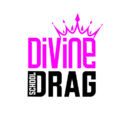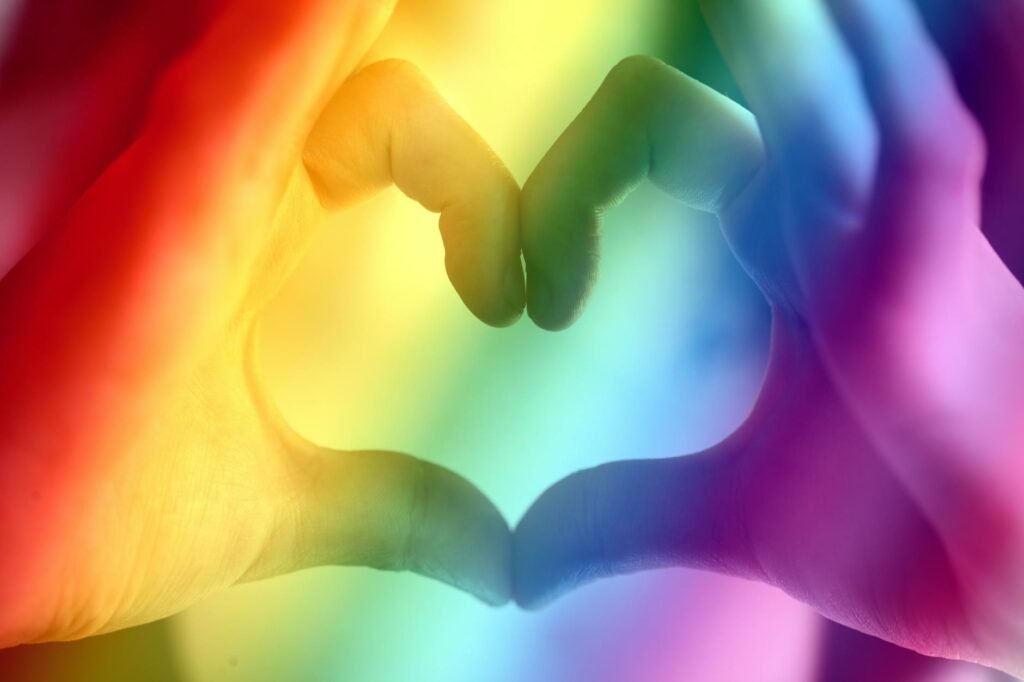When diving into the world of drag, it’s easy to see how terms like “drag queen,” “transgender,” and “nonbinary” can sometimes get confused. While there’s some overlap between drag and gender identity, it’s important to celebrate their distinctions. At Divine Drag School, we’re all about inclusivity and education, so let’s explore these concepts and terms together in a way that’s approachable and fun.
Drag Artists vs. Transgender Folks
Drag is an art form—a performance of gender that often uses exaggeration, glamour, and creativity to entertain and tell stories. Drag queens and kings typically present as a gender different from their own for performance purposes, but their personal gender identity might not match their stage persona. Drag is about expression, not necessarily identity.
Transgender individuals, on the other hand, identify with a gender different from the one assigned to them at birth. Being transgender is not a performance; it’s an intrinsic part of who someone is. While some transgender people also do drag, the two identities are not synonymous.
At its heart, drag is an act of creative self-expression, while being transgender is about living your authentic truth.
Breaking Down Key Terms
Understanding terminology is vital to celebrating and respecting people’s identities. Let’s explore some important terms you might encounter:
Crossdressing
This refers to wearing clothes typically associated with a different gender. Unlike drag, crossdressing isn’t necessarily for performance. People might crossdress for comfort, expression, or exploration. Crossdressing doesn’t automatically relate to someone’s gender identity or sexual orientation—it’s simply a form of personal expression.
Transgender
Transgender (or trans) refers to people whose gender identity differs from the one they were assigned at birth. For instance, a trans woman is someone who identifies as a woman but was assigned male at birth. Transgender individuals can be of any sexual orientation, and their journey may or may not include medical or surgical interventions.
Nonbinary
Nonbinary individuals don’t fit neatly into the categories of “male” or “female.” Their gender identity may exist on a spectrum, outside of the binary altogether, or may even fluctuate. Nonbinary folks might use pronouns like they/them, but it’s always best to ask and respect personal preferences.
Transsexual
This term, historically used to describe individuals who undergo medical interventions to transition, is now less commonly used and may be considered outdated or even offensive. Many people prefer the term “transgender” as it is more inclusive.
The “T” Word
The term “tranny” has historically been used as a derogatory slur against transgender individuals and drag queens. While some may reclaim the term within certain communities, it is widely regarded as offensive and should be avoided in respectful conversation.
Why Understanding These Terms Matters
Mixing up these terms or using outdated language can cause harm, even if unintentionally. By understanding the nuances of drag, gender identity, and expression, you help create a safer and more inclusive environment for everyone.
For drag artists, breaking the binary is a celebration. For transgender and nonbinary individuals, it’s a deeply personal truth. Respecting these differences and similarities is crucial in fostering understanding and solidarity within and beyond the LGBTQIA+ community.
Finding Your Place in the Spectrum
At Divine Drag School, we celebrate all forms of expression—whether you’re exploring your drag persona, discovering your gender identity, or simply curious. Drag is a joyous art form that anyone can participate in, but understanding the broader context helps us all be better allies, performers, and community members.
Feel free to share this post with friends and allies—it’s through education that we build bridges and create a world where everyone can live their truth unapologetically. 💕

